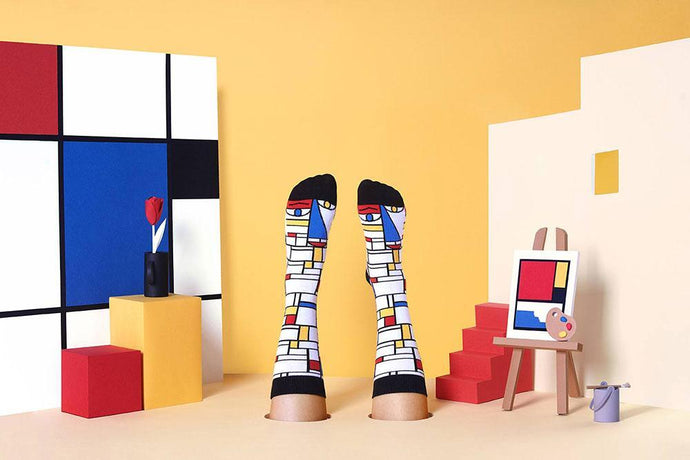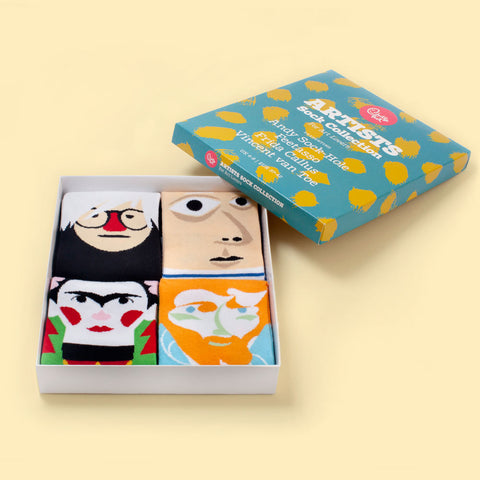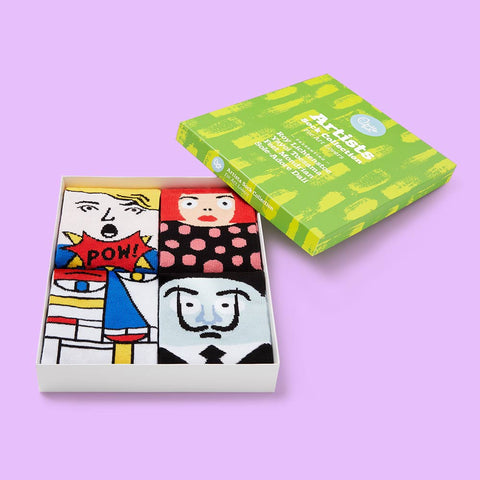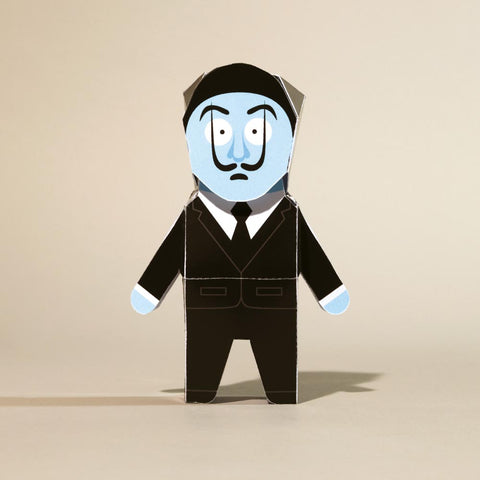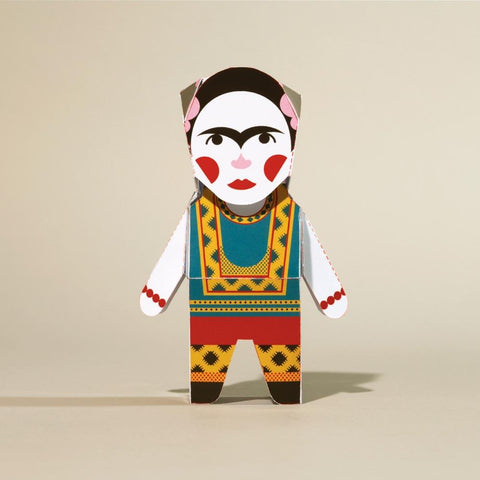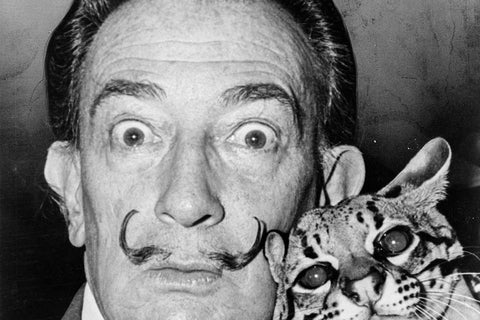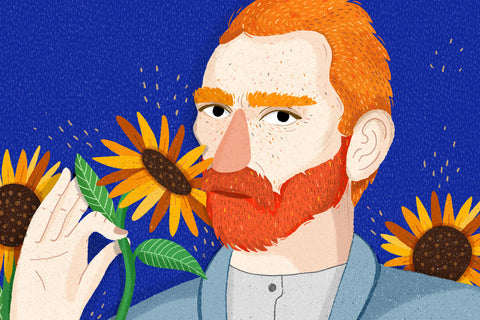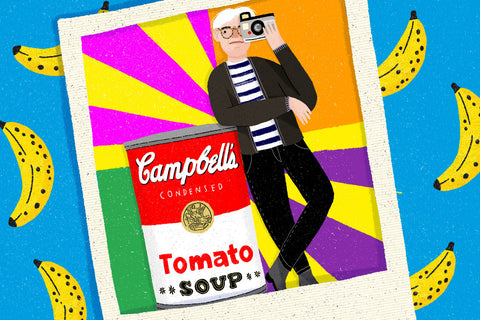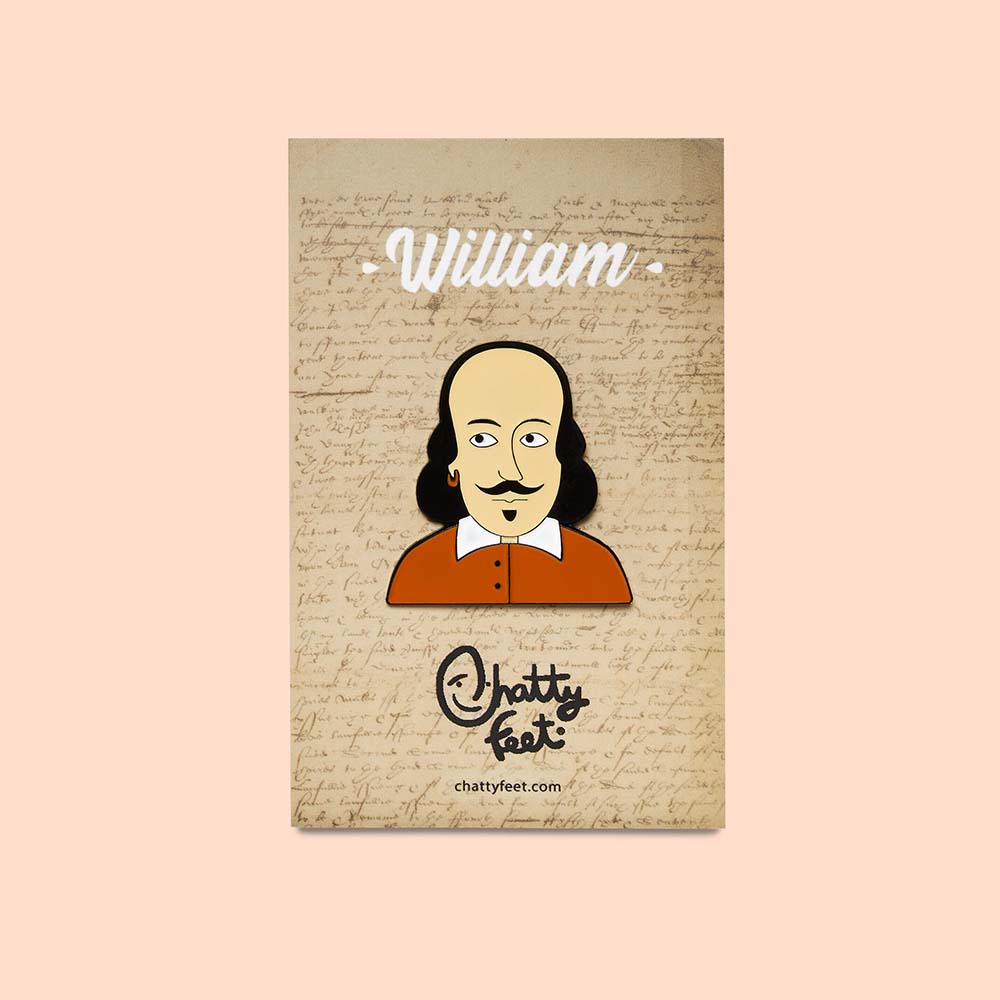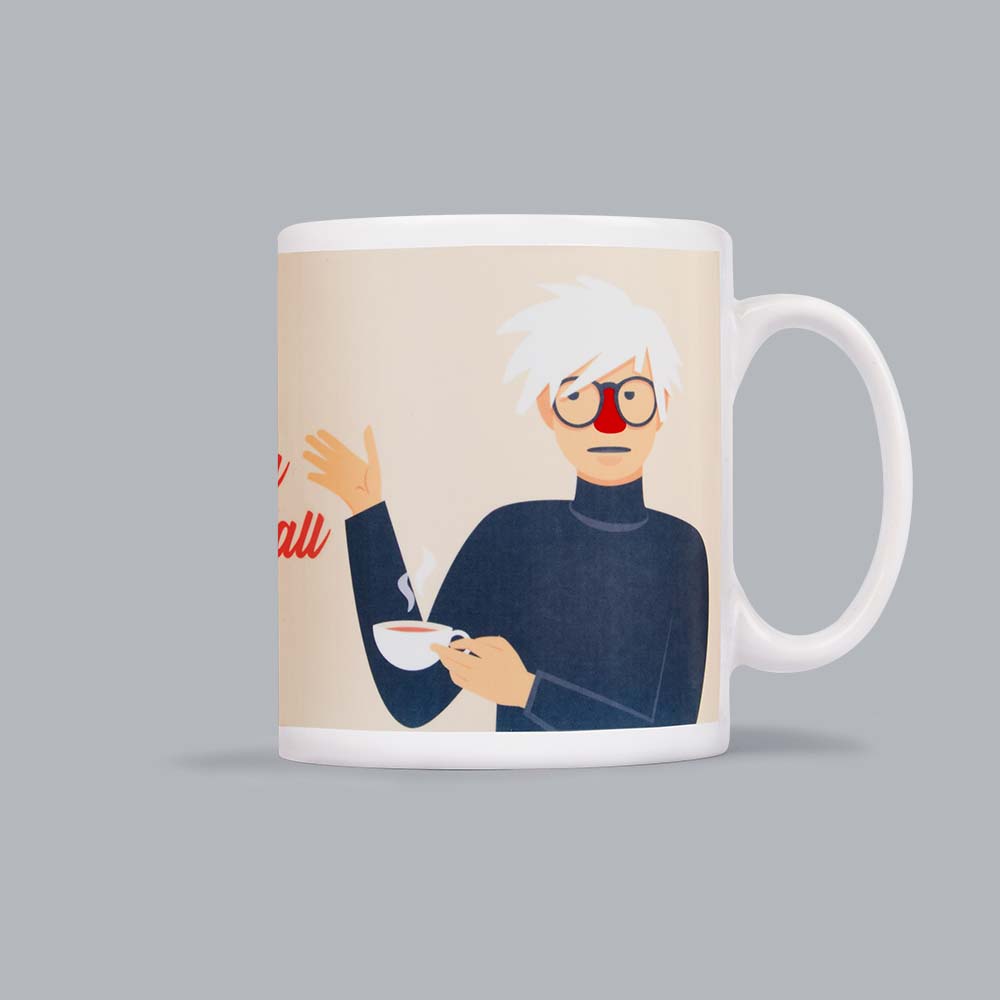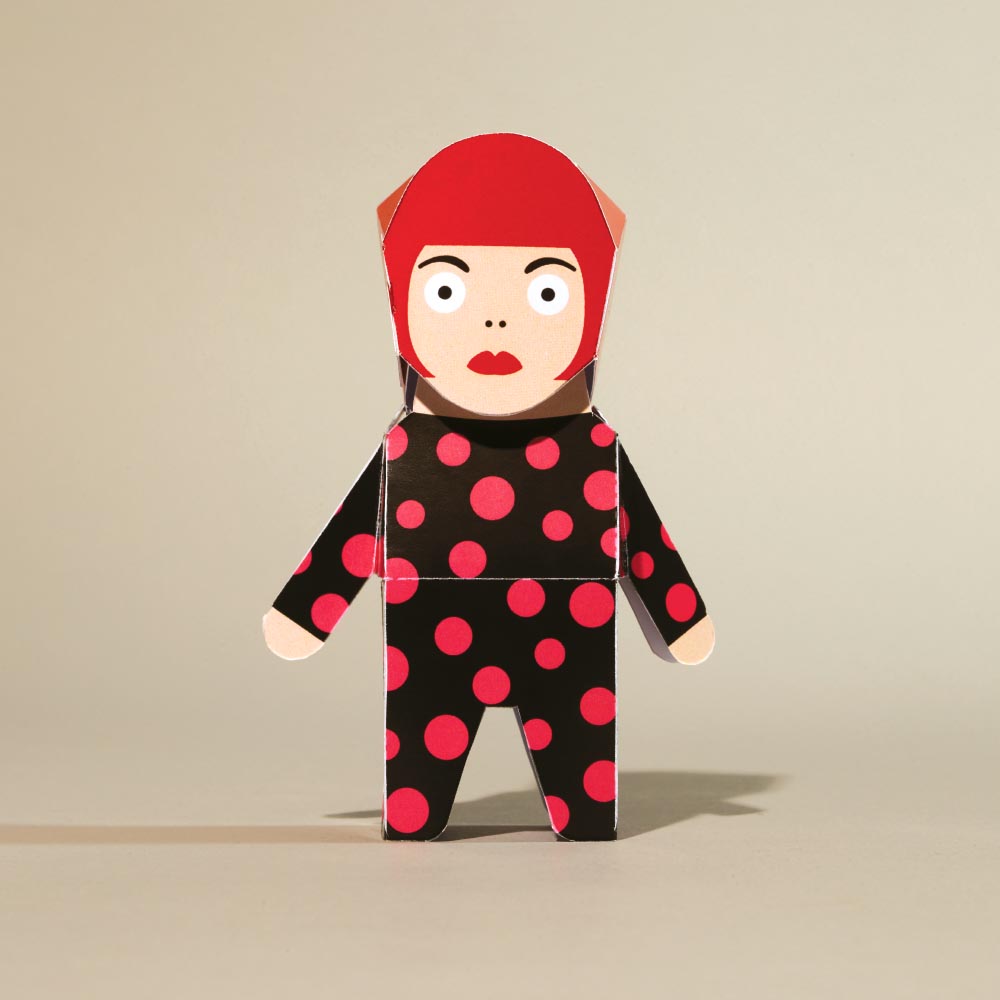Over the centuries, there have been numerous art periods and countless movements that have each inspired future artists to change the way they approach their work. Some art movements might not have had a big impact at the time, but they greatly changed the landscape of modern art and influenced the way that artists work today. So, in order to understand the art industry in the 21st century, we’re looking back over the decades to pinpoint which movements were most important to modern art. And we’re starting at the end of the 19th century…
Impressionism
If you’ve ever been in a stately home and seen the portraits of lords, ladies and royalty on the walls, you can imagine what the art scene looked like before Impressionism began. It was full of dark, muted colours and realistic imagery. The eyes of the portraits are so real that they seem to follow you around, don’t they? Well, when impressionism began in the late 19th century, all that went out of the window.
Painters used brighter colours, tried to capture natural light and used their brushstrokes to show movement. They aimed to create an ‘impression’ of the scene rather than a realistic replica. Influential painters from this movement include Monet, Renoir and Sisley. The brighter colours they used, and their more fluid way of painting influenced the next art movement Post-Impressionism (the period in which Van Gogh, Cézanne and Gauguin found fame) showing that the art industry was never quite the same again after the Impressionist period.

Gustave Caillebotte - Paris Street; Rainy Day
Surrealism
During the years between the two world wars, Surrealism was born. The style was more realist than the Cubist and Impressionist periods before it. The subject was painted perfectly accurately, yet completely unbelievably. Imagine Salvador Dali’s melting clocks or René Magritte’s stately-home-esque portraits. They’re beautifully painted in those traditional muted colours, but the subject has been distorted until it makes no sense at all. This art movement aimed to capture a dreamlike state where the image was symbolic, and anything was possible. This rule-free style influenced the future of art, leading to the entirely non-figurative work of Abstract painters.

René Magritte - Golconda
Abstract Expressionism
Taking bright colours and dabs of paint from the Impressionists, and inspired by the Surrealists’ aim of capturing emotion, painters from the Abstract Expressionist movement focused entirely on the process of creating the painting. With artists such as Jackson Pollock drizzling paint onto a canvas and Rothko’s bold brushstrokes with a large decorating brush, the finished image couldn’t be planned in advance. It’s spontaneous, colourful and rarely shows any kind of subject image. This art movement took place in the middle of the 20th Century, around same the time that people were becoming more design-aware and homes were being decorated in brighter colours and bold patterns.

Arshile Gorky working on "Modern Aviation"
Pop Art
It wasn’t long before the exciting colours of Impressionism and the realist-yet-warped influences of Surrealism led to the Pop Art movement. In fact, Pop Artists were rebelling against Abstract Expressionism by creating figurative images with bold outlines and intentional designs. This art period took place in the 50s and 60s, so it looked to the flourishing advertising industry for inspiration.
Posters, books, film and television all played a part in the movement. Pop Art artists such as Warhol and Lichtenstein were inspired to create graphic, design-led, factory-produced artworks. Their subjects were mass-culture icons like celebrities, comic books and even everyday items like tins of soup. The movement was extremely important in shaping the art industry today, as the influence of the Pop Art style can be seen in the subsequent Minimalism, Postmodernism, Street Art, Toyism, Young British Artists and Digital Art movements.

Roy Lichtenstein in Stedelijk Museum
Live life to the play-fullest with ChattyFeet. We bring silly moments to your day with illustrated sock characters. They make a great fun gift for friends and family. Browse a collection of funny men's socks or character socks for women.

